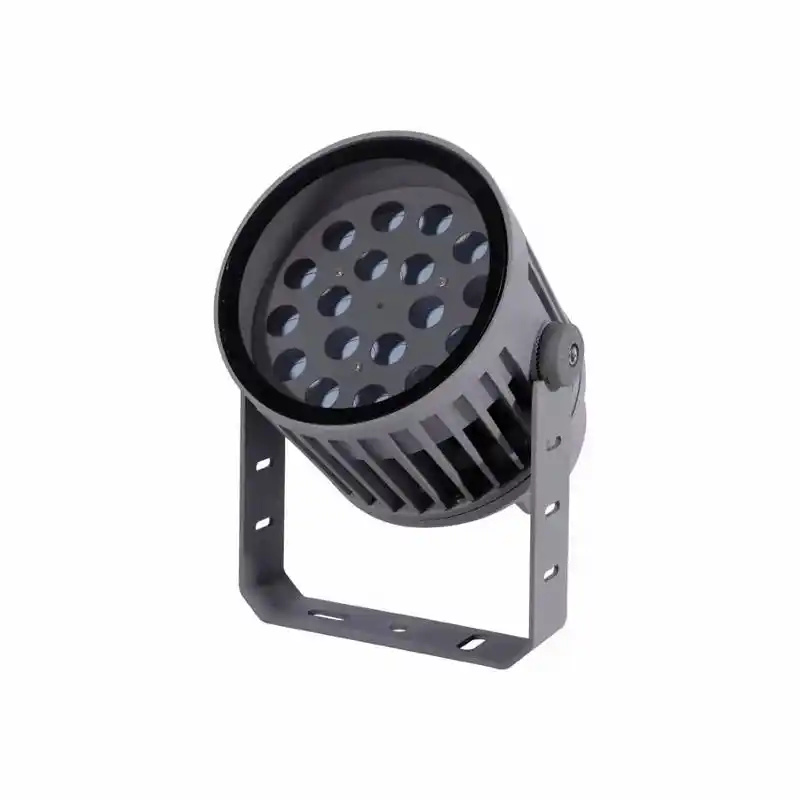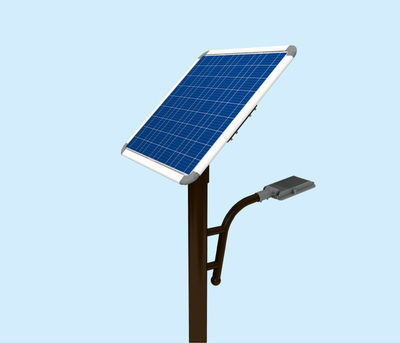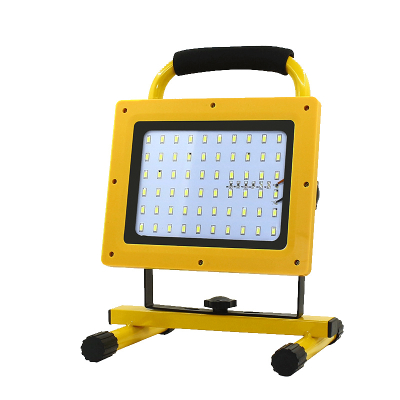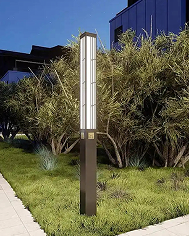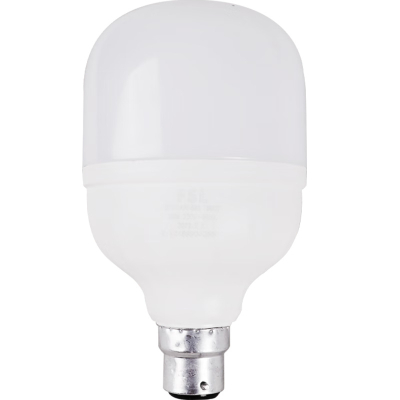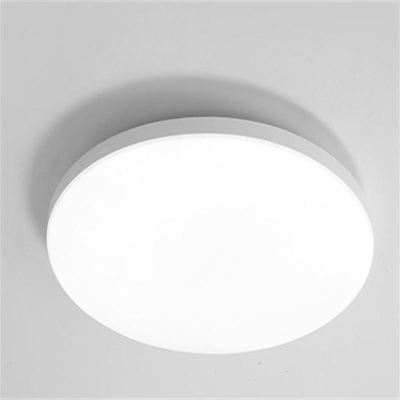Outdoor Floodlight
Outdoor floodlights are powerful lighting fixtures designed to illuminate large outdoor areas with a wide - angle, high - intensity beam of light. They are widely used in various applications such as sports fields, building exteriors, construction sites, and security lighting.
The housing of an outdoor floodlight is typically made of durable materials to withstand harsh outdoor conditions. Aluminum alloy is a common choice due to its excellent resistance to corrosion, which is essential for withstanding rain, snow, and other environmental factors. The housing is also designed to be robust enough to handle physical impacts and protect the internal components.
It usually has a sealed design to prevent the ingress of water, dust, and insects. High - quality gaskets made of rubber or silicone are used around the edges and openings to ensure a tight seal. Some floodlights may also have a protective coating to enhance their resistance to UV rays, which can cause fading and degradation over time.
The reflector is a crucial part of the floodlight's optical system. It is usually made of a highly reflective material such as aluminum or a specialized reflective coating on a metal substrate. The shape and design of the reflector play a vital role in determining the light distribution pattern. A parabolic - shaped reflector, for example, can help to project a wide and even beam of light, while a more focused reflector can direct the light over a longer distance.
The lens, which is often made of toughened glass or high - grade, impact - resistant plastic, serves to protect the internal components and to further shape and diffuse the light. Some lenses have a clear design to maximize light transmission, while others may have a diffusing effect to reduce glare and create a more even illumination across the target area.
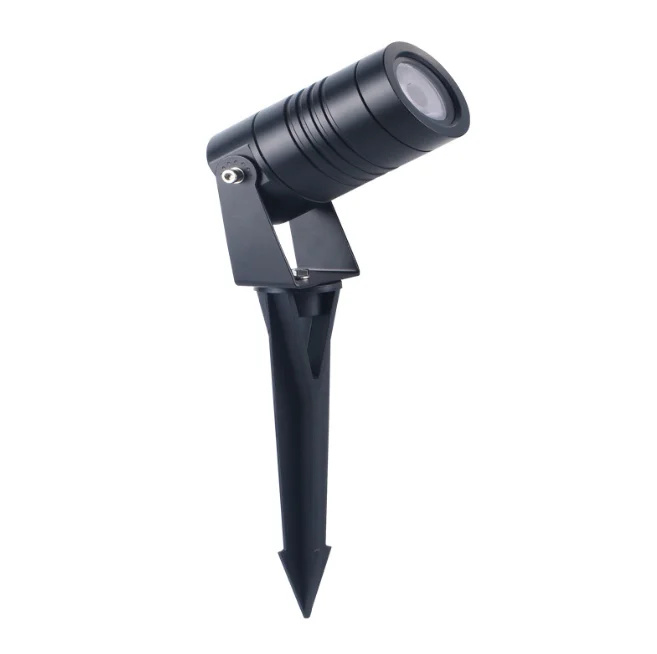
Outdoor floodlights can use different types of light sources. LED (Light - Emitting Diode) technology is increasingly popular due to its high energy - efficiency, long lifespan, and bright light output. LED floodlights consist of multiple high - power LEDs that are carefully arranged to achieve the desired light intensity and distribution. The color temperature of the LEDs can vary, from warm - white for a more inviting atmosphere to cool - white for better visibility and a daylight - like effect.
In some cases, traditional light sources such as metal halide or high - pressure sodium lamps may still be used. These lamps are known for their high - intensity output but generally have lower energy - efficiency and shorter lifespan compared to LEDs.
Outdoor floodlights come with a variety of mounting options to suit different applications. They can be mounted on poles, walls, ceilings (in covered outdoor areas), or on the ground using appropriate brackets and fasteners. The mounting system is designed to be stable and secure, able to withstand the weight of the floodlight and any external forces such as wind loads.
Installation methods vary depending on the type of mount and the specific requirements of the site. Some floodlights may require simple screw - based installation, while others may involve more complex wiring and electrical connections to the power supply. It's important to ensure that the floodlight is properly grounded to prevent electrical hazards.
Inside the housing, there are several important electrical components. For LED - based floodlights, a driver circuit is used to convert the input AC voltage from the power supply to the appropriate DC voltage and current required by the LED module. The driver also provides functions such as over - voltage protection, over - current protection, and dimming control.
In floodlights with traditional light sources, a ballast is used to regulate the voltage and current supplied to the lamp. The wiring is carefully insulated and routed to avoid any electrical hazards. The connections between the light source, driver or ballast, and other components are made through reliable connectors and terminals to ensure a stable electrical supply and proper operation of the light.
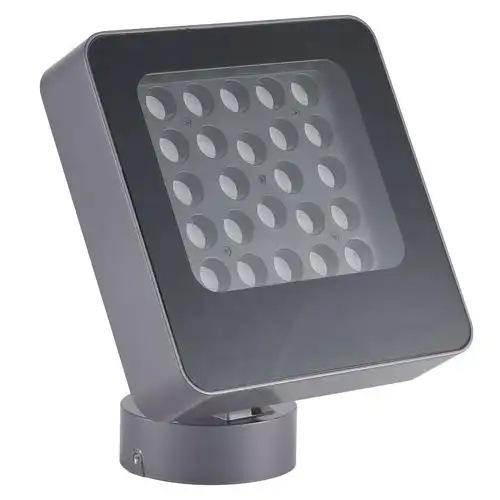
When the outdoor floodlight is connected to the power source, the electrical current is supplied to the light source. For LED - based floodlights, the AC voltage is first processed by the driver circuit, which converts it to the suitable DC voltage and current for the LEDs.
The light source then emits light. In the case of LEDs, this occurs through the process of electroluminescence. The light rays are directed and shaped by the reflector and then further modified by the lens. The result is a wide - angle, high - intensity beam of light that illuminates the outdoor area according to the design and orientation of the floodlight.
The primary advantage of outdoor floodlights is their ability to provide a large amount of light over a wide area. This makes them ideal for illuminating large spaces such as sports stadiums, parking lots, and construction sites, ensuring good visibility even in low - light conditions.
Their wide - angle light distribution allows for efficient coverage of a large area from a single fixture. This reduces the number of lights needed to cover a given space, simplifying installation and potentially reducing costs.
Outdoor floodlights are designed to withstand a variety of outdoor conditions. Their durable construction and weather - resistant features ensure reliable performance in rain, snow, wind, and other harsh environmental factors.
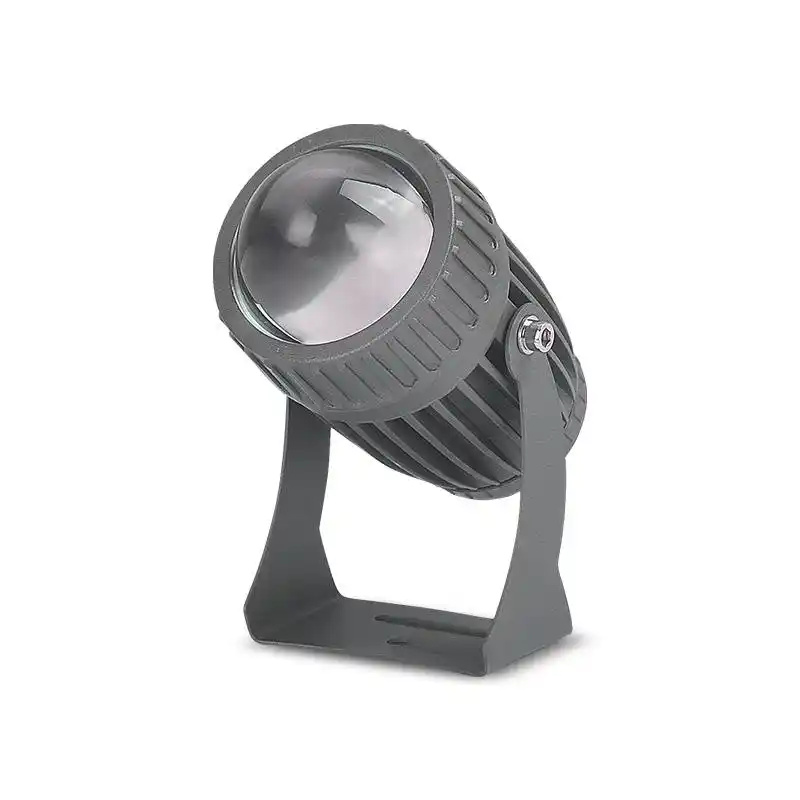
In sports stadiums, outdoor floodlights are used to illuminate the playing field, ensuring that athletes and spectators have clear visibility during games and events. They are also used to light up the surrounding areas such as bleachers, walkways, and parking lots.
Floodlights are used to highlight the architecture of buildings, such as the façade, columns, or decorative elements. In landscapes, they can be used to light up gardens, fountains, and trees, enhancing the aesthetic appeal of the outdoor space.
For security purposes, outdoor floodlights are installed in areas such as industrial sites, warehouses, and residential perimeters. The bright illumination acts as a deterrent to potential intruders and provides a well - lit environment for security personnel and surveillance cameras.

